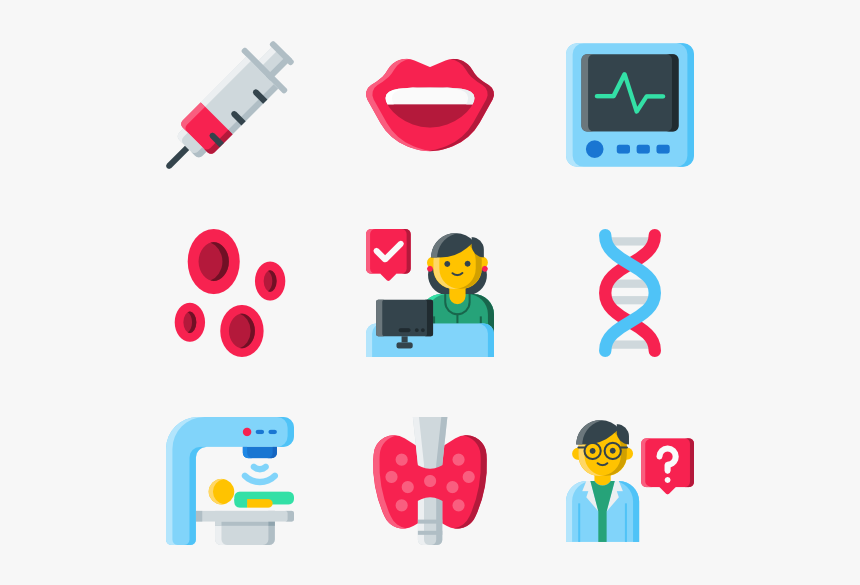Body Image and Intersectionality: A Multifaceted Examination
Introduction: This article explores the intricate relationship between body image and intersectionality, examining how multiple social identities converge to shape perceptions of self and body. We will define key concepts, analyze their impact on self-esteem and well-being, and propose strategies for fostering body positivity and inclusivity. Intersectionality, a crucial framework for understanding this relationship, refers to the interconnectedness of social categorizations such as race, class, gender, and sexual orientation, recognizing that these categories create overlapping systems of discrimination and privilege. Body image, conversely, encompasses an individual's perceptions, thoughts, and feelings about their physical appearance.
The Impact of Intersectionality on Body Image: The impact of intersectional identities on body image is profound. Applying the tenets of social identity theory, we see that individuals derive part of their self-concept from their group memberships. Negative stereotypes and societal pressures targeting specific intersectional groups (e.g., Black women facing both racial and gendered beauty standards) can lead to significantly lower self-esteem and body satisfaction compared to individuals from more privileged groups. This disparity illustrates the limitations of single-axis approaches to understanding body image. Ignoring the complexities of intersectionality leads to incomplete and potentially harmful interventions.
Representation and the Cultivation of Positive Body Image: The cultivation theory highlights the role of media in shaping perceptions and attitudes. Limited or stereotypical representation of diverse bodies in media reinforces unrealistic beauty standards and can negatively affect body image, particularly within marginalized communities. Conversely, increased representation of diverse body types, skin tones, and gender expressions in media can challenge these norms and promote self-acceptance. This positive representation acts as a counter-narrative, fostering a sense of belonging and validating diverse experiences. Strategic media representation, aligning with the tenets of the social cognitive theory, can model positive body image and encourage self-efficacy.
Challenging Societal Norms Through Education and Advocacy: To counteract the influence of harmful societal norms, educational initiatives are crucial. By educating individuals on the impact of intersectionality on body image, we promote empathy and understanding. This knowledge empowers individuals to challenge stereotypes and advocate for inclusive representation. Moreover, activism plays a vital role in promoting systemic change, advocating for policy changes that combat body shaming and discrimination. This work can be analyzed through the lens of social justice advocacy frameworks, which emphasize the importance of coalition building and the dismantling of oppressive systems.
Creating Safe Spaces and Fostering Self-Compassion: The creation of safe spaces, both online and offline, is paramount. These spaces allow individuals to express themselves without fear of judgment, fostering a sense of community and shared experience. Within these spaces, self-compassion practices, informed by self-determination theory, can help individuals to cultivate self-acceptance and resilience in the face of societal pressures. Supporting self-compassion initiatives promotes mental well-being and reduces the negative impact of body image concerns. Utilizing elements of cognitive behavioral therapy (CBT) in these environments can help individuals challenge negative thoughts and behaviors associated with body image.
Seeking Professional Support and Engaging in Constructive Dialogue: For individuals struggling with significant body image issues, seeking professional help is essential. Therapists specializing in body image and intersectionality can provide tailored support and interventions. These interventions may incorporate various therapeutic approaches such as CBT, Acceptance and Commitment Therapy (ACT), and dialectical behavior therapy (DBT) to address underlying issues and promote mental well-being. Open and honest dialogue about body image and intersectionality is vital. Engaging in respectful conversations helps challenge harmful beliefs and promotes collective understanding. This dialogue should be framed within a framework of respectful communication and active listening.
Conclusion and Recommendations: Body image is significantly shaped by intersecting social identities. Addressing body image issues requires a multifaceted approach that recognizes and challenges the influence of societal norms, media representation, and systemic inequalities. Interventions should be informed by intersectional frameworks, incorporating education, advocacy, and the creation of safe spaces. Future research should focus on developing culturally sensitive and intersectional interventions tailored to specific groups, investigating the long-term effects of positive body image interventions, and exploring the effectiveness of technology-based interventions in promoting body positivity. The ultimate goal is to foster a society that celebrates diversity, embraces self-acceptance, and actively challenges harmful beauty standards.
Reader Pool: How can we effectively translate the theoretical understanding of intersectionality and body image into practical, culturally relevant interventions that promote positive body image and self-esteem within diverse communities?





No comments yet. Be the first to share your thoughts!